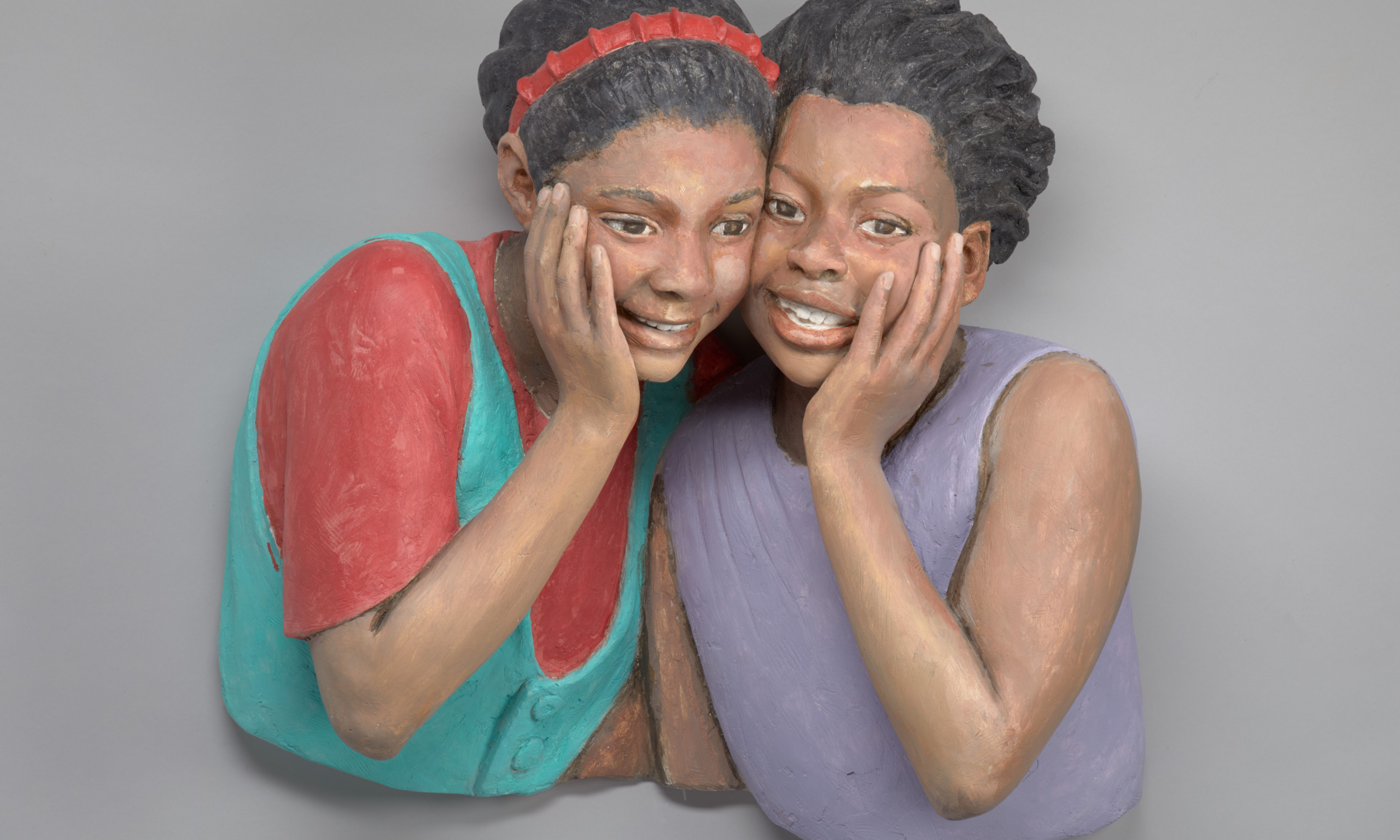John Ahearn and Rigoberto Torres, Jamese Jefferson and Gloria Bollock, 1992. Jefferson and Bollock were among a large group of young African Americans who volunteered to have their likenesses cast in hydrocal plaster as part of community art project sponsored by the Washington Project for the Arts
Anacostia Community Museum, Smithsonian Institution, Gift of the artists, 2021.1.1
From breaking news and insider insights to exhibitions and events around the world, the team at The Art Newspaper picks apart the art world’s big stories with the help of special guests. An award-winning podcast hosted by Ben Luke.
Shortly after the US election on 5 November, the Smithsonian American Art Museum in Washington opens The Shape of Power: Stories of Race and American Sculpture, a radical new perspective on the history of the discipline from 1792 to now. Ahead of its opening, Ben Luke speaks to Karen Lemmey, a curator of sculpture at the Smithsonian American Art Museum and co-curator of the exhibition.
Emanuel Martinez, Farm Workers' Altar (1967). Martinez created this altar to celebrate breaking a 25-day fast he had taken part in as a protest against unfair employment practices and unsuitable work conditions for migrant labourers
Smithsonian American Art Museum, Gift of the International Bank of Commerce in honor of Antonio R. Sanchez, Sr., 1992.95
In Warsaw, the Museum of Modern Art—a project 20 years in the making—has partially opened. We speak to its director, Joanna Mytkowska, about the long road to the unveiling and the upheavals in Polish politics along the way.
The exhibition spaces in the MSN Warsaw’s new building
Photo: Marta Ejsmont; courtesy of MSN Warsaw
And this episode’s Work of the Week is The Lamentation over the Dead Christ (early 1620s) by Jusepe de Ribera. It features in the first survey of the Spanish-born Baroque artist ever staged in France, at the Petit Palais in Paris. The museum’s director, Annick Lemoine, tells us more.
Jusepe de Ribera’s The Lamentation over the Dead Christ (early 1620s)

